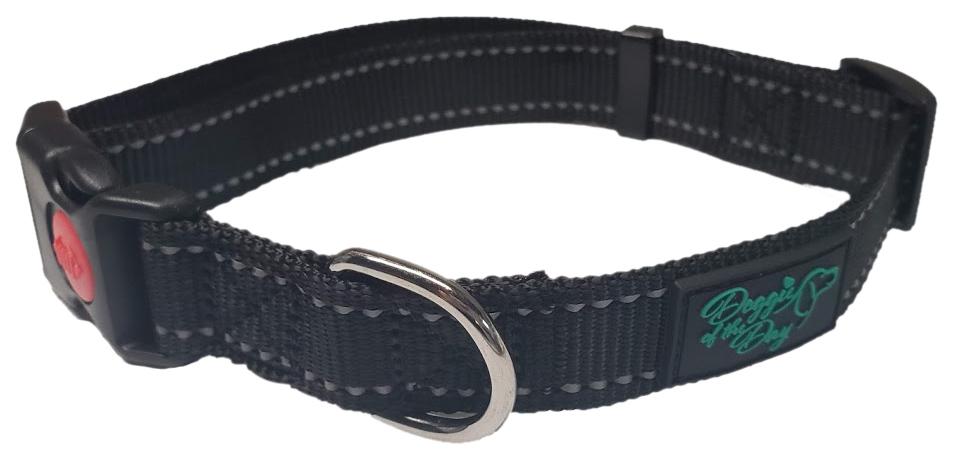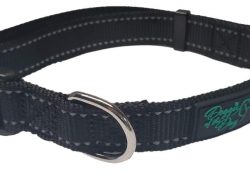Owning a dog is quite a pleasing experience but not as simple and as enjoyable as most people think. Dogs are basically wild animals and they have certain features rooted deep in their nature. You can make these features dormant through proper training and socializing your dog. But you cannot eliminate these natural features permanently. Barking is one of the natural actions of a dog that can never be eliminated from his life. Barking is considered as a natural action in a dog but there are certain situations where barking can be dangerous for your dog. Provided below are some of the most common reasons for dogs to bark:
Seeking your Attention:
Just like kids, dogs also seek attention of people around them especially their owners. Your dog may bark to gain your attention. Your dog may need to get your attention for various reasons. You may have forgotten to give him meal, he may need water or he may want to play with you.
Excitement:
There can be various reasons for a dog to get excited. Barking is one of the means for a dog to let you know that he is feeling excited. When you come back home after work, your dog will be excited to see you. In order to show you his excitement, he may start rolling on your feet, wagging his tail and may start barking.
As a Sign of Warning:
Dogs are very caring and protective in nature. If a dog senses any sign of trouble, he starts barking as a warning sign. For example, if someone unknown comes inside your house, your dog may start barking because he does not know the person. He may perceive him as a danger and bark to warn him and to warn you that someone unknown is here.
Separation Anxiety:
One of the most common reasons for excessive barking is separation anxiety. It is quite common in dogs who have to spend most of their time alone doing nothing. There can be various reasons for separation anxiety but it is treatable. If your dog has the separation anxiety problem, you should consult a vet for proper treatment.
In the meantime, you can visit Doggie of the Day Store. It is one of the best online stores that are trustworthy when it comes to the quality of products and services. You can find a variety of dog products at the store including various watercolor sketch, canvas and dog paintings of various popular artists like Cassius Marcellus Coolidge.

Reflective Nylon Buckle Dog Collar- We Donate to Rescues For Each Collar Purchased



